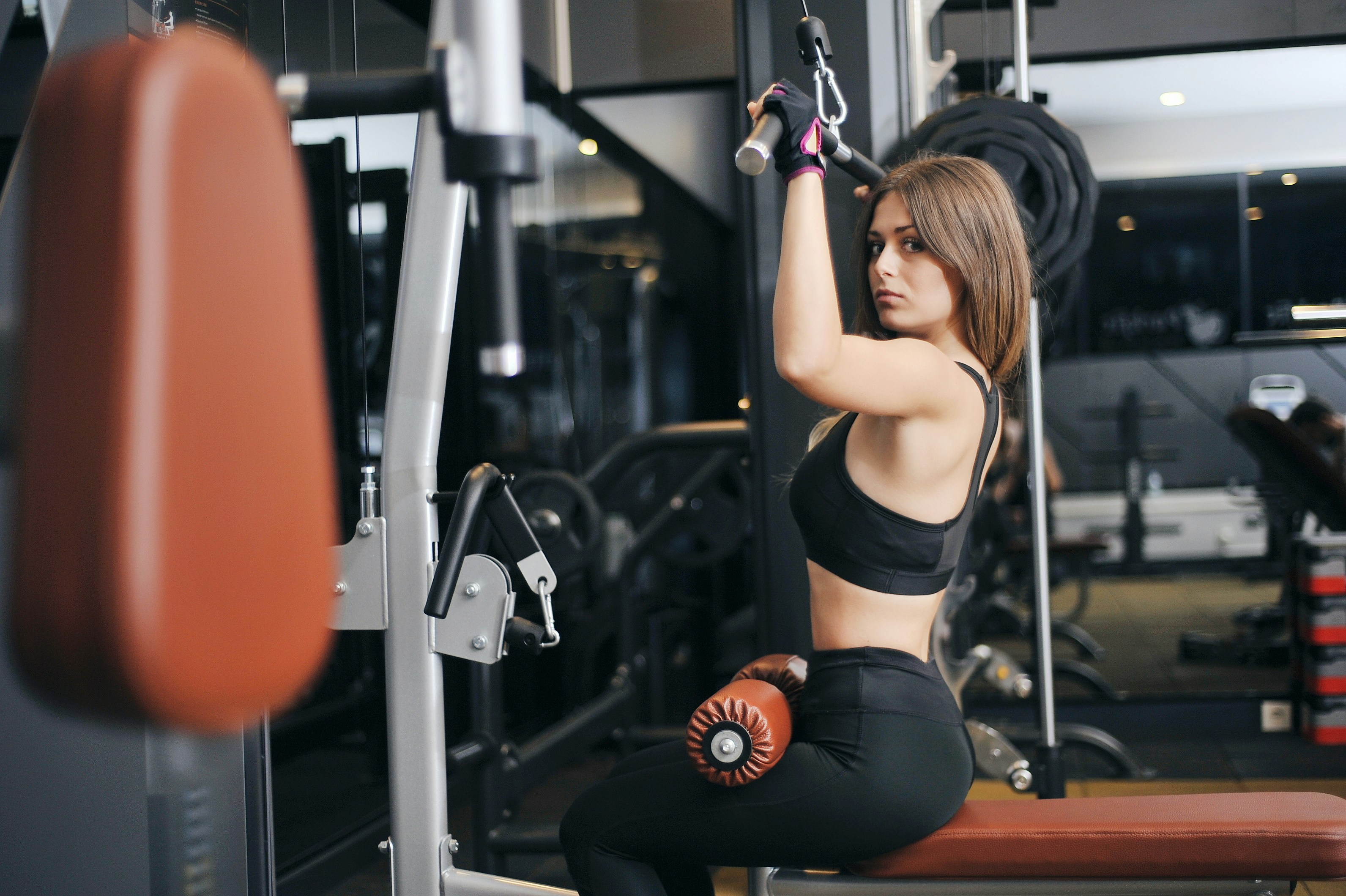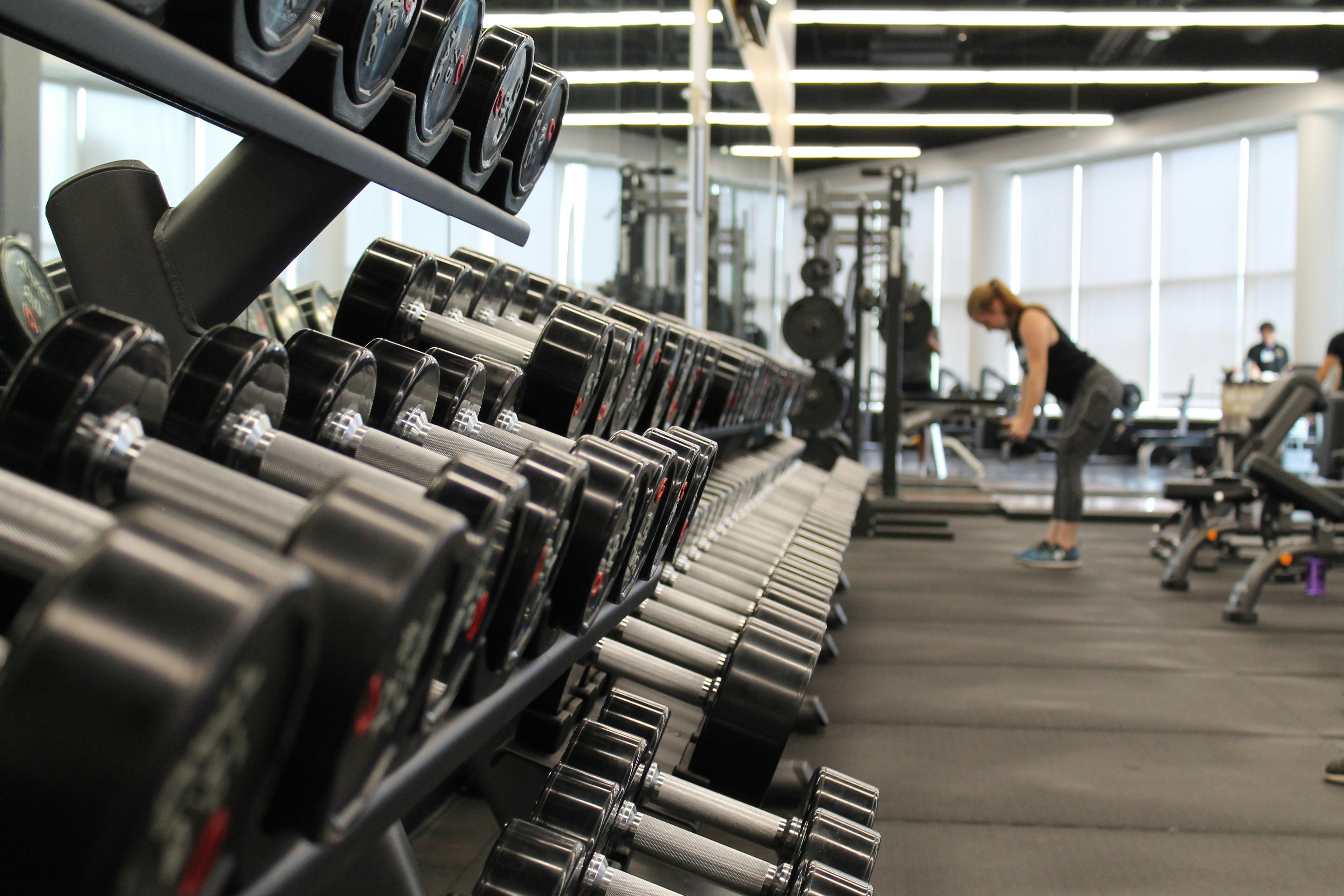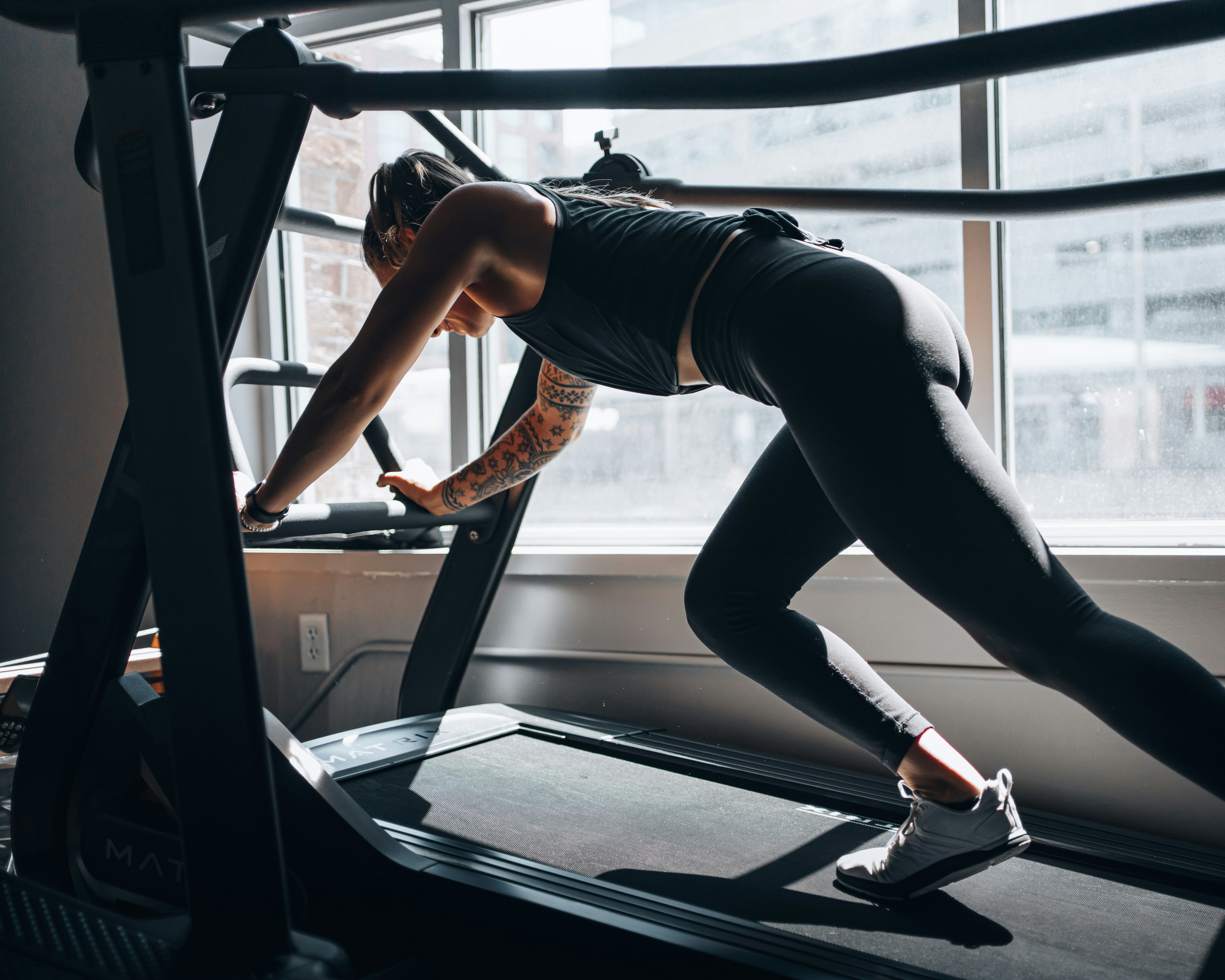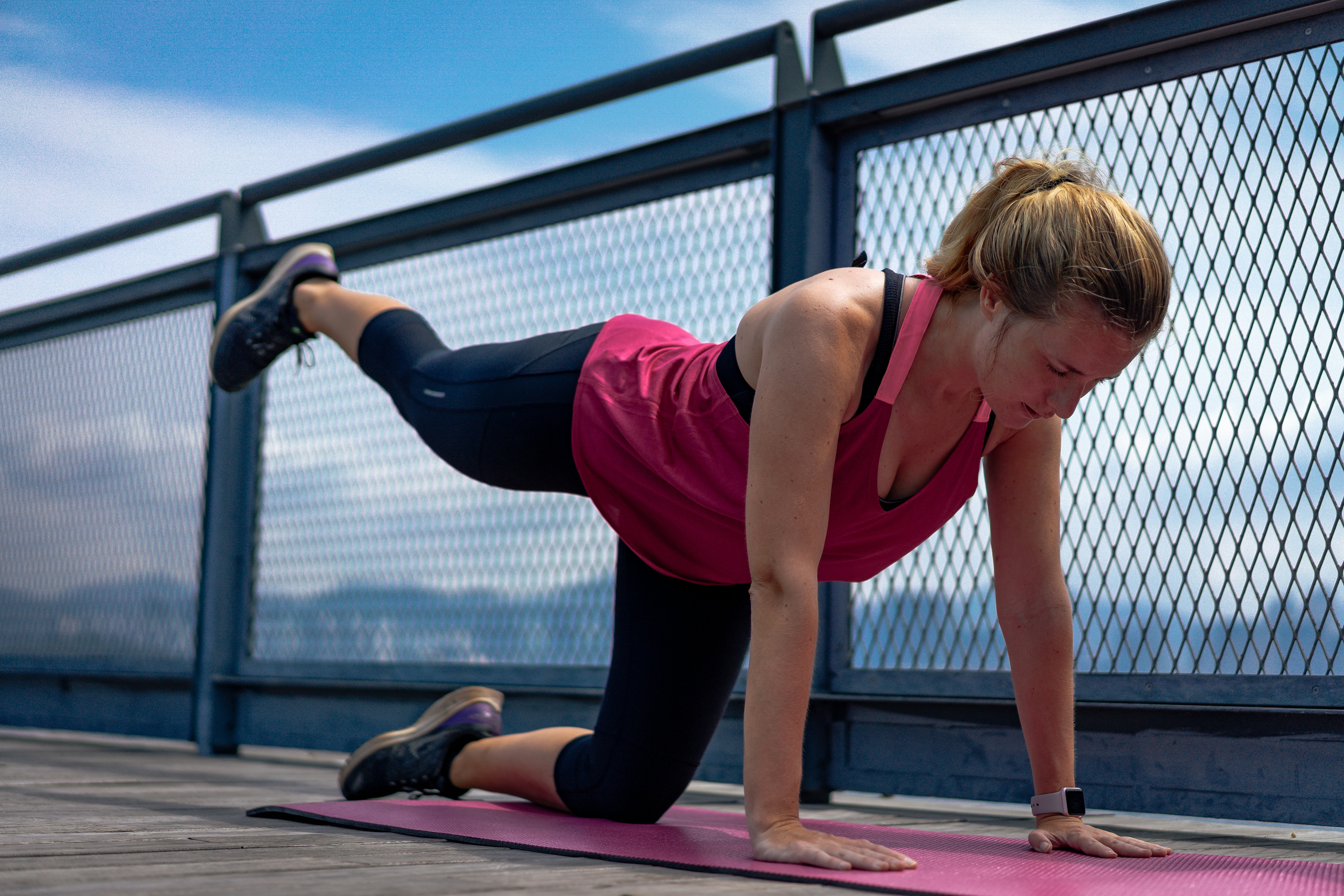Teen Fitness Guide: Safe Training During the Growth Period

Teen Fitness Guide: Safe Training During the Growth Period
Introduction
Adolescence is a period of rapid physical and mental development, and for many teenagers, this is the time when they first start engaging in structured fitness training. Whether they are interested in improving their sports performance, building strength, or simply getting fit, it is important for teens to approach fitness with caution, especially during the growth period. In this guide, we will discuss why fitness is important for teenagers, the benefits of safe and age-appropriate training, and provide practical tips and exercises for safe fitness routines.
1. Why Fitness Matters for Teenagers
Physical activity during adolescence offers a range of benefits, including:
Improved Physical Health : Regular exercise supports the development of strong bones, muscles, and cardiovascular health. It can also help manage weight and improve overall health by reducing the risk of chronic diseases such as heart disease, diabetes, and obesity.
Mental Health Benefits : Physical activity is not only good for the body but also the mind. Exercise helps in reducing symptoms of anxiety and depression, boosting self-esteem, and improving sleep quality.
Improved Performance in Sports : For teens involved in sports, regular training enhances athletic performance, endurance, strength, and agility. Proper conditioning also helps prevent injuries during physical activities.
Development of Healthy Habits : Adolescence is a key period for establishing long-term healthy habits. Teens who engage in regular exercise are more likely to continue these habits into adulthood.
2. The Challenges of Teen Fitness
While fitness is crucial, it’s important to consider the unique challenges that come with training during the growth period. During puberty, teenagers undergo significant changes in height, muscle mass, and coordination. These changes can affect their physical abilities and make them more susceptible to injuries if they are not careful. Common challenges include:
Growth Spurts : Rapid growth can lead to temporary coordination problems or discomfort in the muscles and joints, increasing the risk of strains and sprains.
Increased Risk of Injury : Teenagers may not have fully developed coordination and muscle control, making them more prone to injuries, especially if they engage in improper or overly intense exercises.
Inconsistent Training Patterns : Many teenagers may not have consistent exercise routines, which can lead to muscle imbalances and improper development.
3. Safe Training Guidelines for Teenagers
To ensure that teens train safely and effectively during their growth period, it's essential to follow some basic principles. Below are key guidelines that should be followed:
1. Focus on Proper Technique
Proper form is critical to prevent injuries. Teens should prioritize learning correct exercise techniques, especially when lifting weights or performing complex movements. This will help build a solid foundation for strength and prevent injury from poor posture or improper execution.
2. Start with Bodyweight Exercises
Before progressing to weights or resistance training, teens should build strength with bodyweight exercises. These exercises focus on building coordination and stability, and they are safe for all fitness levels. Examples of bodyweight exercises include squats, lunges, push-ups, and planks.
3. Gradual Progression
Teens should start with low resistance and gradually increase intensity and volume over time. This progressive overload approach ensures that the body adapts to the stress of exercise without overwhelming the muscles or joints.
4. Incorporate Flexibility and Mobility
Stretching and mobility exercises are crucial for improving flexibility and joint health. Teens should incorporate dynamic stretching (before workouts) and static stretching (after workouts) into their routine to maintain a full range of motion and prevent muscle tightness.
5. Focus on Balanced Training
It’s important to train the whole body, not just specific muscle groups. A balanced training program ensures that all muscle groups are strengthened equally and helps prevent overuse injuries. For example, a well-rounded routine might include exercises for the chest, back, legs, arms, and core.
6. Rest and Recovery
Adequate rest is essential for muscle repair and growth. Teenagers should avoid overtraining, especially during periods of rapid growth. At least one to two rest days per week are important to allow the body to recover.
7. Get Professional Guidance
If possible, teens should seek guidance from a certified personal trainer or coach who understands the needs of young athletes and can design a safe, effective training program.
4. Recommended Exercises for Teenagers
Here are some age-appropriate exercises that teens can include in their fitness routines:
1. Bodyweight Squats
Bodyweight squats help build lower body strength, especially in the legs and glutes. Squats also help improve balance and coordination.
How to Do It :
- Stand with your feet shoulder-width apart and your toes slightly pointed outward.
- Bend your knees and lower your hips as if sitting in a chair, keeping your chest up and knees behind your toes.
- Push through your heels to stand back up to the starting position.
Benefits : Strengthens the legs, improves posture, and enhances lower body coordination.
2. Push-Ups
Push-ups are a classic exercise for developing upper body strength, targeting the chest, shoulders, and triceps.
How to Do It :
- Start in a plank position with your hands placed slightly wider than shoulder-width apart.
- Lower your body towards the floor by bending your elbows, keeping your body in a straight line.
- Push back up to the starting position.
Benefits : Strengthens the upper body, engages the core, and improves stability.
3. Planks
Planks are excellent for developing core strength and stability.
How to Do It :
- Start in a forearm plank position with your elbows directly under your shoulders and your body in a straight line from head to heels.
- Engage your core and hold the position for 20-30 seconds, gradually increasing the time as you get stronger.
Benefits : Strengthens the core, lower back, and shoulders, while also improving overall stability.
4. Lunges
Lunges are great for strengthening the legs, hips, and glutes, while also improving balance.
How to Do It :
- Stand upright with your feet together.
- Step forward with one leg, lowering your hips until both knees are bent at about 90 degrees.
- Push through the front heel to return to the starting position and repeat on the other leg.
Benefits : Improves leg strength and balance, and activates multiple lower body muscles.
5. Deadlifts (with light weights or bodyweight)
Deadlifts, when done with proper form, strengthen the lower back, glutes, and hamstrings.
How to Do It :
- Stand with your feet shoulder-width apart and a slight bend in your knees.
- Bend at the hips (not the waist), keeping your back flat, and lower the weights toward the floor.
- Return to standing by driving through your hips and keeping your core tight.
Benefits : Strengthens the posterior chain, including the back, glutes, and hamstrings.
6. Jumping Jacks
Jumping jacks are a simple, full-body exercise that increases heart rate and improves cardiovascular fitness.
How to Do It :
- Stand with your feet together and your arms at your sides.
- Jump your feet out while raising your arms above your head, then return to the starting position.
Benefits : Enhances cardiovascular health, endurance, and coordination.
5. Conclusion
Fitness training is incredibly beneficial for teenagers, providing both physical and mental health benefits. However, it’s important to approach training safely, with a focus on proper technique, gradual progression, and balanced routines. Teens should prioritize bodyweight exercises to build a solid foundation and avoid the risk of injury. Incorporating flexibility training, ensuring adequate rest, and seeking professional guidance can help teens achieve their fitness goals safely during the growth period.
By focusing on safe and effective exercises, teenagers can enjoy the long-term benefits of strength, improved fitness, and overall well-being.
References
- Faigenbaum, A. D., & Westcott, W. L. (2009). "Youth Strength Training: Programs for Health, Fitness, and Sport." Human Kinetics .
- Lloyd, R. S., & Oliver, J. L. (2012). "The Youth Physical Development Model: A New Approach to Long-Term Athletic Development." Strength and Conditioning Journal .
- Jayanthi, N., et al. (2013). "Sports Injuries in Young Athletes: A Review of the Literature." Sports Health .




